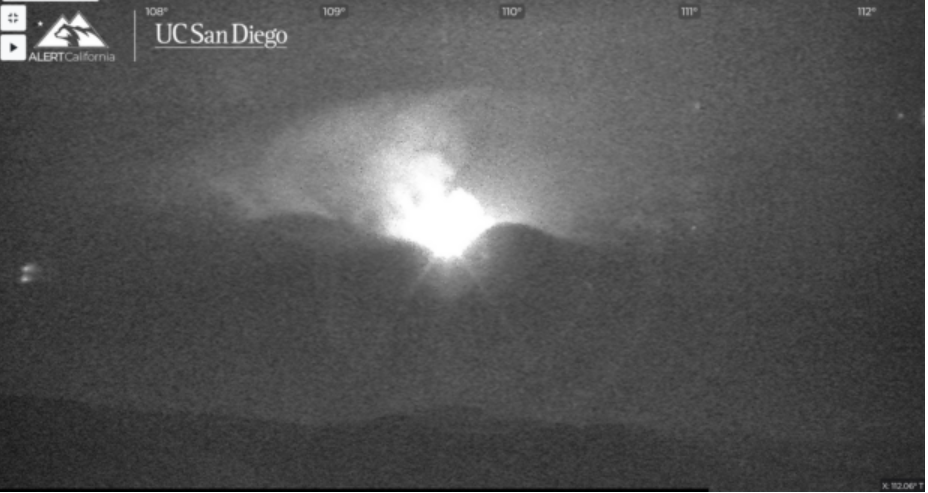Introduction to the Santa Clarita Fire
The Santa Clarita Fire has captured the attention of residents, firefighters, and officials alike. This wildfire not only threatens homes but also brings to light the resilience of a community in crisis. As flames consume dry brush and smoke fills the sky, people wonder: what caused this devastating fire? Who is working tirelessly to combat it?
In this unfolding story, we will delve into all aspects of the Santa Clarita Fire—from its origins to those on the front lines fighting it. The impact of such an event ripples through every corner of society, touching lives and businesses in profound ways. Join us as we explore who is involved in this challenging situation and what lessons can be learned for future prevention efforts.
Causes of the Fire
The Santa Clarita fire was ignited by a combination of factors. Dry conditions and high winds played a significant role, creating an environment ripe for flames to spread rapidly.
Human activity often contributes to these devastating blazes. Investigators are probing possible accidental causes, including discarded cigarettes or malfunctioning equipment.
Natural elements also come into play. The region’s vegetation had been parched due to prolonged droughts, making it more susceptible to ignition.
Climate change has increased temperatures in recent years, which exacerbates the risk of wildfires across California. Seasonal patterns shift, leading to longer dry spells that can turn landscapes into tinderboxes.
Understanding these triggers is vital for prevention efforts moving forward. Identifying and addressing them could protect lives and property in the future.
Key Players in the Firefighting Efforts
The Santa Clarita Fire brought together a diverse group of individuals dedicated to battling the flames. Local firefighters were at the forefront, working tirelessly to contain the fire and protect lives.
First responders from various agencies collaborated seamlessly. This included personnel from Los Angeles County Fire Department and other neighboring jurisdictions.
Firefighters utilized advanced techniques and equipment. Aerial support played a crucial role, with helicopters dumping water on hotspots that were inaccessible by ground crews.
Community volunteers also stepped up, providing essential supplies and emotional support for those affected. Their efforts left an indelible mark during this challenging time.
In addition, local businesses contributed resources. They offered food, shelter, and donations to both evacuees and emergency workers alike.
Together, these key players demonstrated incredible resilience in the face of adversity. Each team member’s commitment ensured that Santa Clarita faced its challenges head-on while fostering unity within the community.
The Role of Local Government and Officials
Local government and officials play a crucial role during emergencies like the Santa Clarita fire. Their leadership is vital in coordinating responses to rapidly changing situations.
Immediately, they activate emergency response plans. This ensures that resources are allocated efficiently and effectively. Fire departments work closely with local authorities to strategize containment efforts.
Officials also communicate vital information to the public. Updates on evacuation orders, safety measures, and road closures help keep residents informed. Transparency fosters trust within the community during crises.
Additionally, local government engages with regional agencies for support. Collaboration enhances firefighting capabilities by pooling resources from surrounding areas.
After battling flames subsides, local officials focus on recovery efforts. They assess damage and begin discussions about rebuilding strategies aimed at restoring normalcy as swiftly as possible while prioritizing safety in future planning decisions.
Community Response and Volunteer Efforts
The Santa Clarita community quickly sprang into action during the recent fire. Neighbors banded together, offering shelter and supplies to those in need. Local organizations mobilized volunteers, creating a robust network of support.
Food drives popped up almost overnight. Residents donated non-perishable items and meals to feed firefighters and evacuees alike. The outpouring of generosity was heartwarming.
Volunteers also assisted with evacuations, ensuring that pets were safely removed from homes alongside their owners. This level of compassion showcased the strength of community bonds.
Social media played a crucial role too. It connected people needing help with those willing to offer it, making coordination seamless amidst chaos.
These efforts highlighted not just resilience but unity among residents facing adversity together. The spirit of collaboration made all the difference as they navigated through this challenging time side by side.
Impact on Residents and Businesses
The Santa Clarita fire has left a profound mark on the community. Residents faced evacuations, forced to leave their homes and cherished belongings behind. The uncertainty was palpable as families awaited news about their properties.
Businesses also felt the brunt of the disaster. Many were temporarily closed, leading to significant financial losses. Local shops depend on regular foot traffic, which dwindled during the chaos.
Moreover, some businesses sustained physical damage from flames and smoke. Rebuilding efforts will take time, affecting not just owners but also employees who rely on steady incomes.
Community bonds grew stronger amid adversity. Neighbors rallied together to support one another in recovery efforts while local organizations provided essential resources for those displaced or affected by losses.
This crisis highlighted both vulnerabilities and resilience within Santa Clarita’s tight-knit community.
Lessons Learned and Precautions for Future Fires
The Santa Clarita fire has taught us valuable lessons about preparedness. Awareness of fire risks is crucial for residents in wildfire-prone areas. Understanding your evacuation routes can make a significant difference when emergency strikes.
Communication also emerged as a key factor. Authorities need to enhance messaging systems to keep the community informed during crises. Timely updates can help prevent panic and ensure safety.
Additionally, investing in proactive measures like defensible space around homes is essential. Residents should consider landscaping choices that are more fire-resistant.
Community engagement plays an important role too. Programs promoting neighborhood watch groups can foster collaboration among locals, ensuring everyone looks out for each other’s safety.
Regular drills and training sessions empower individuals to act swiftly and effectively when fires threaten their area. These practices not only boost confidence but also save lives during emergencies.
Conclusion
The Santa Clarita fire has underscored the importance of preparedness and community collaboration. As residents and officials come together, they face challenges head-on with resilience. The unity shown in times of crisis is a testament to the spirit of Santa Clarita.
This incident serves as a reminder for everyone to prioritize safety measures and develop emergency response plans. Awareness can make all the difference when it comes to protecting lives and property during future emergencies.
As we reflect on this situation, it’s essential to acknowledge the hard work put forth by firefighters, local government, volunteers, and community members alike. Each person’s efforts play a crucial role in safeguarding our beloved city from potential disasters ahead.









